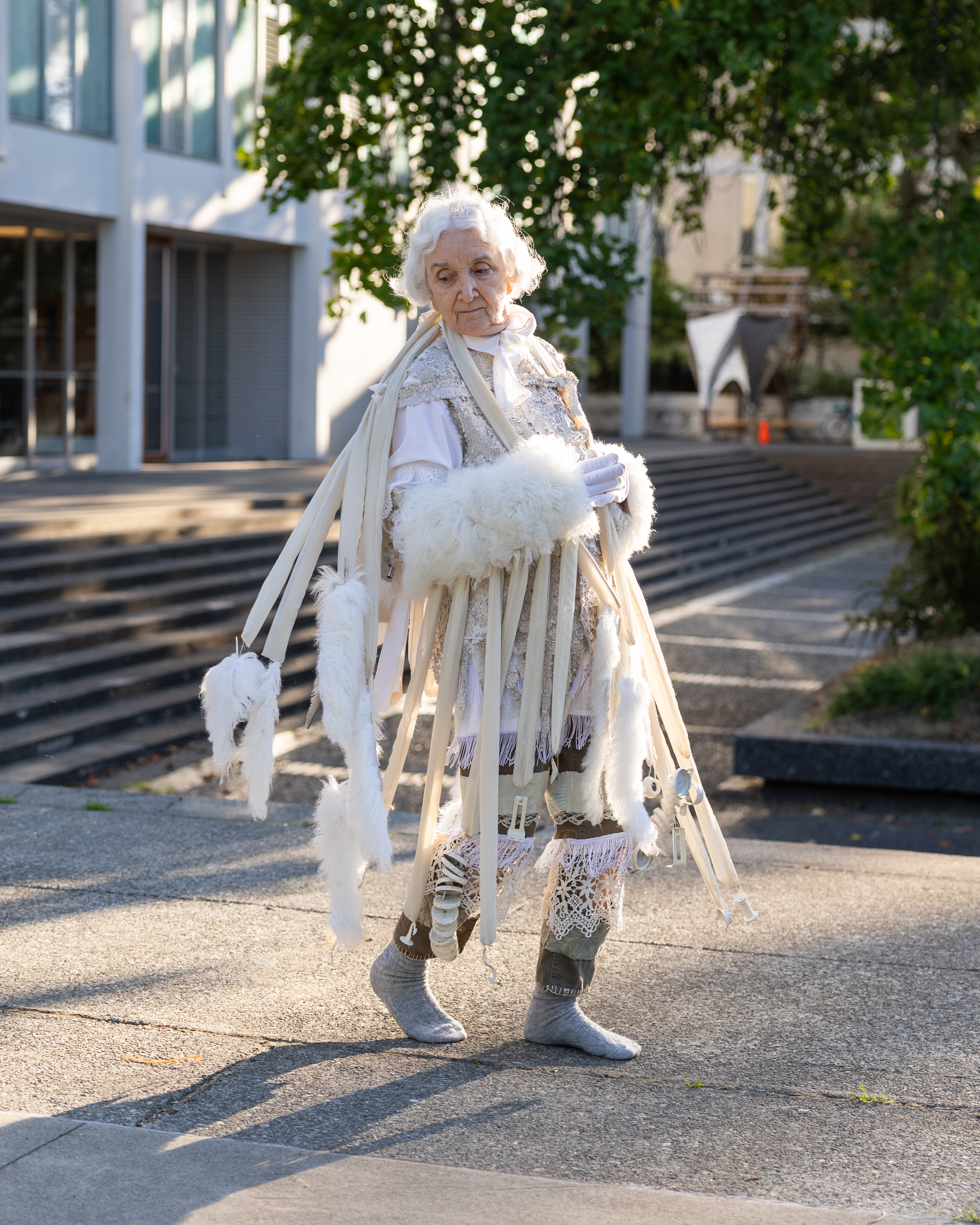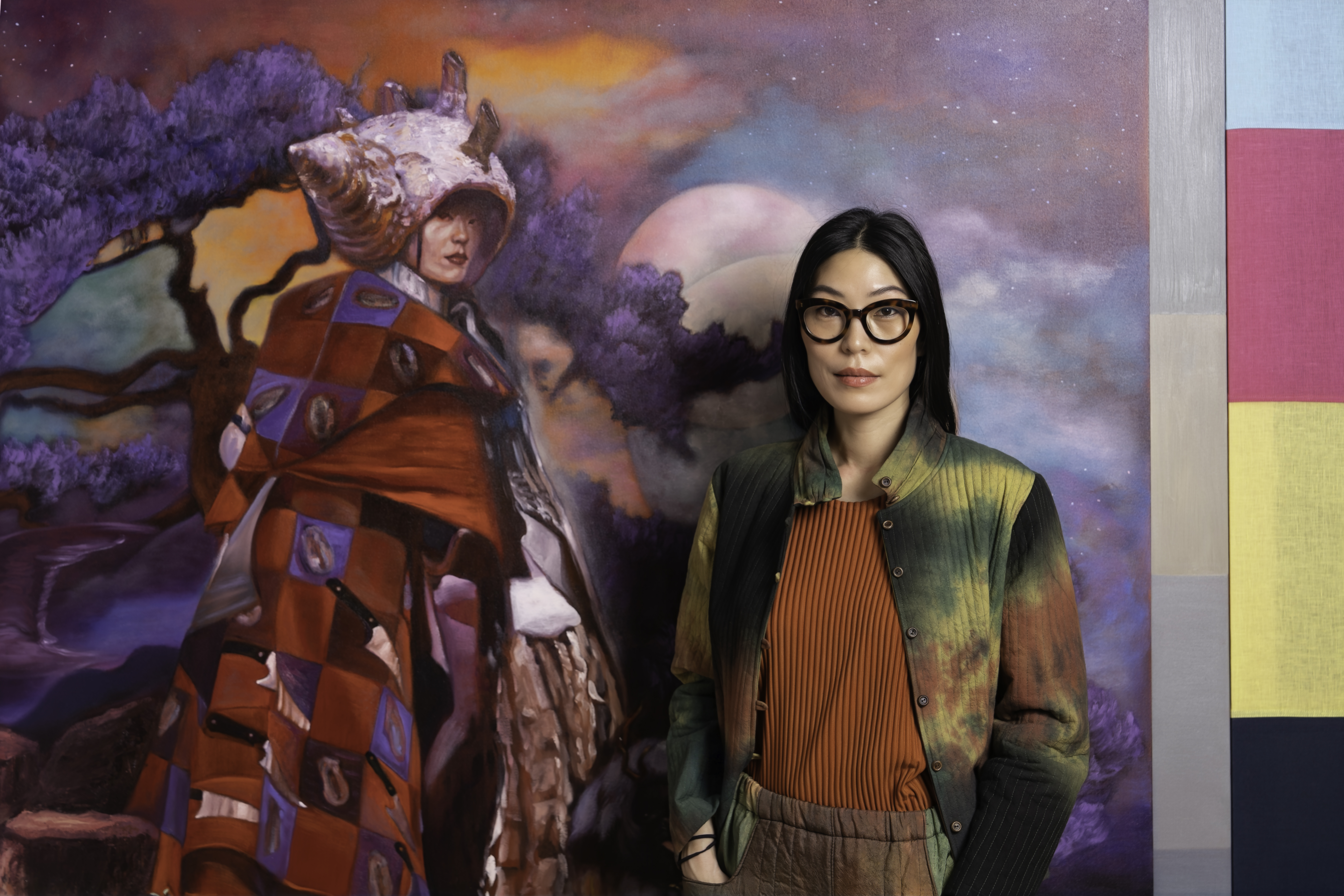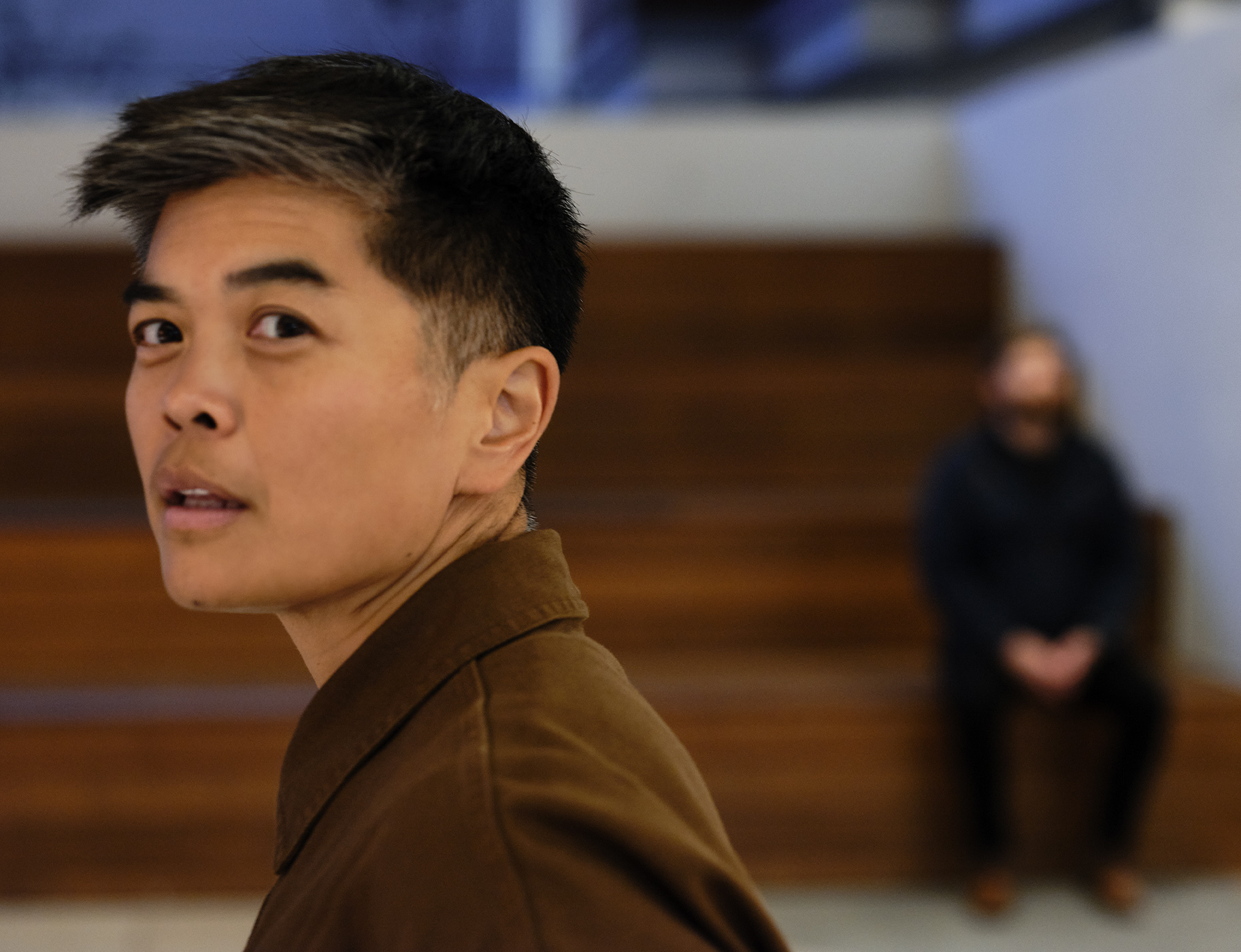Nadia Myreโs Pursuit of Reciprocity
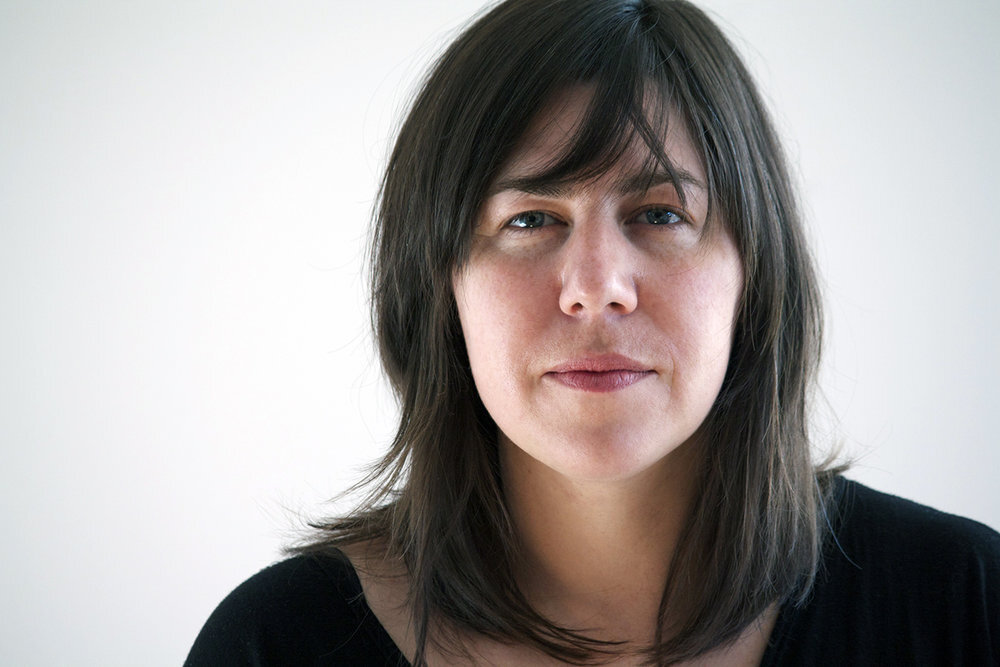
โWhat youโre learning in art school opens your mind to the world,โ says artist Nadia Myre, who is the 2024 recipient of an Emily Award from Emily Carr University. (Photo courtesy Nadia Myre)
Posted on
The celebrated multidisciplinary artist and 2024 Emily Award recipient reflects on the relationship between art, meaning-making and perennial openness.
is at home in Montrรฉal between trips abroad, and the city is buried under snow.
The award-winning, multidisciplinary artist, whose past decade has seen her participate in well over 100 shows, more than 25 of which have been solo exhibitions, is enjoying the soft reprieve granted to her city โ and perhaps herself โ by the early spring snowfall.
โItโs really awesome,โ she says.
Nadia is currently preparing to return to France where sheโs conducting a residency at Le Centre International dโArt et du Paysage. A solo exhibition at the centre will follow in the summer.
Known for her longtime exploration of themes including identity, language, longing and loss, Nadiaโs work often makes reference to her Indigeneity (she is an Algonquin member of the Kitigan Zibi Anishinabeg First Nation).
But her inquiry into nationhood and the politics of belonging is far from strictly personal. Through its expansive conceptual purview and a seemingly intuitive sensitivity to material languages, Nadia draws lines between her own lived experience, the process of collective meaning-making and the possibility of collective healing.
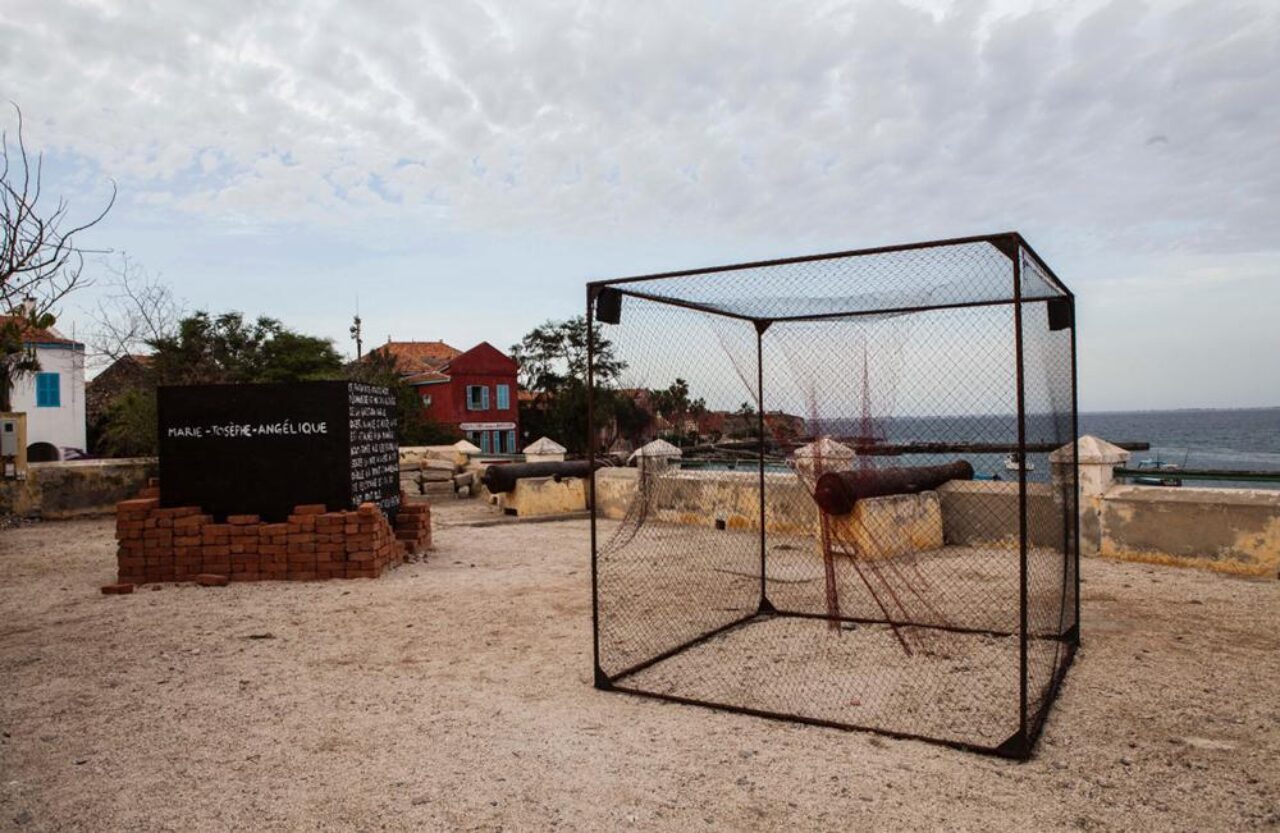
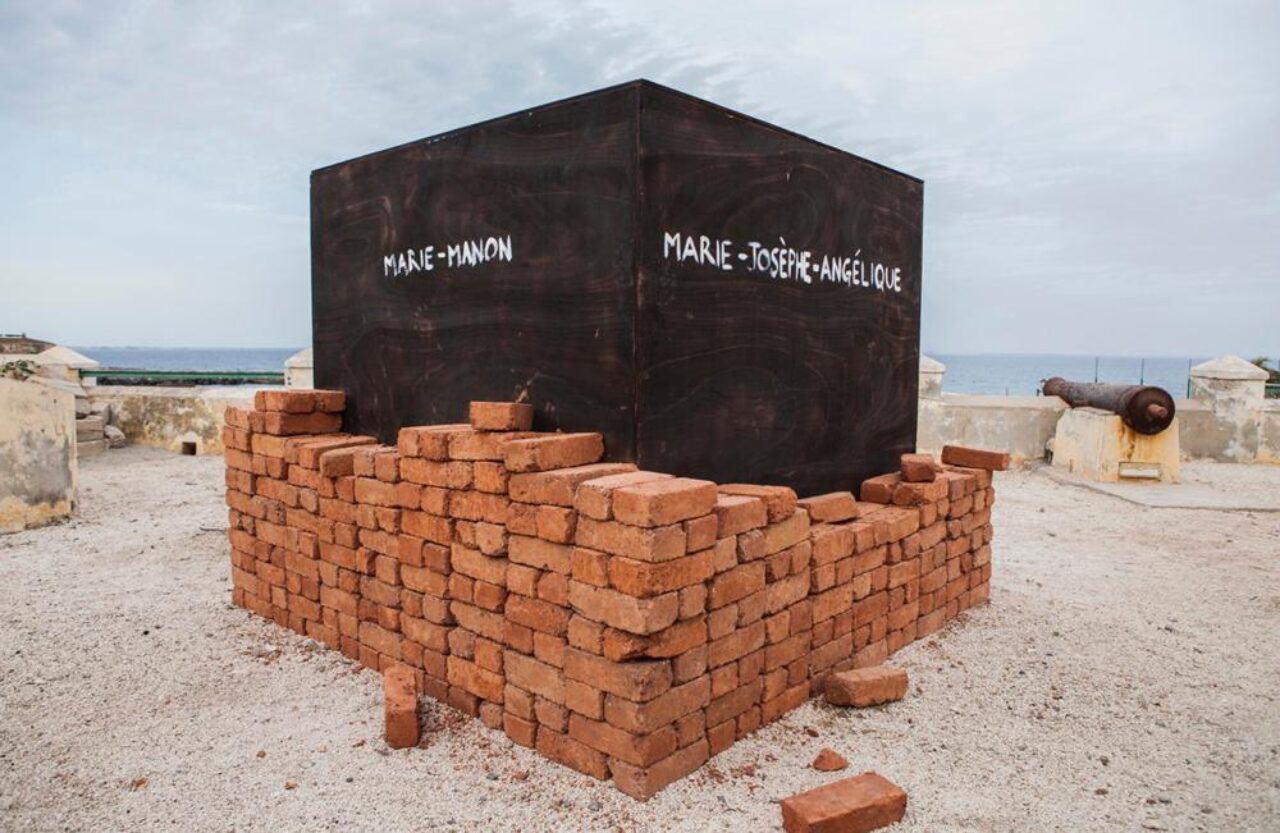
(Top + bottom): Nadia Myre, Traverser lโOcรฉan / Across the Ocean, 2014. Installation view on Gorรฉe Island, Senegal. (Photos by Aurรฉlie Leveau / Courtesy Musรฉe Dapper, Paris, and Nadia Myre)
She notes this can be complicated in a country like France, where post-colonial discourse has yet to penetrate many mainstream conversations.
โI sometimes struggle with how to always question my relationship to a place; why am I here talking about my work? Whatโs the connection with my work to this place?โ she says of such experiences.
โAnd then sometimes more lately, Iโve given myself permission to not necessarily have to always be digging so deep. The world is really, really intimately connected, and the histories are connected. Thereโs a link and thereโs a tie, and thereโs a commonality of experience. And I do think itโs of value to do international exhibitions and participate on an international stage in that regard.โ
To her credit, Nadia has consistently found thoughtful, evocative ways to foreground these interconnections. Her work , created in 2014 for the exhibition Formes et Paroles on Gorรฉe Island in Senegal as part of the 15th Summit of La Francophonie, was made in part using traditional fishing-net techniques. She first began learning the skill during a residency in Quรฉbec organized by Sonia Robertson, then later from fishermen in Mexico while working on a land-art piece for the Cumbre Tajรญn festival, and again from local fisherman in Senegal during the making of the work itself. In doing so, Nadia surfaces a material history that connects distant cultures.
Across the Ocean also makes explicit reference to an 18th-century Black enslaved woman in Montrรฉal known as Marie-Joseph Angรฉlique. Marie-Josephโs story provided an opportunity to โexplore Montrรฉalโs slave history and share it with the people of Gorรฉe, metaphorically bringing a story โfrom the New Worldโ home,โ Nadia in 2014.
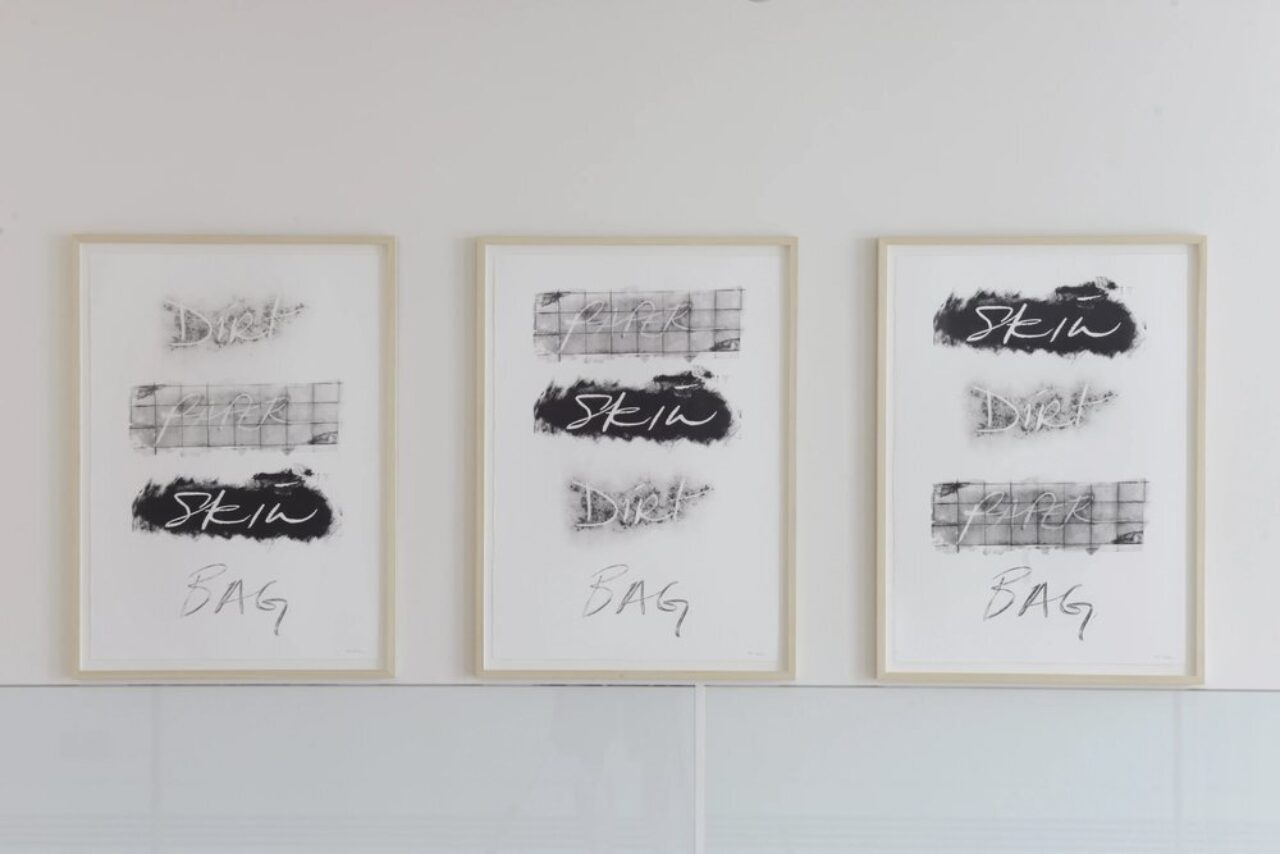
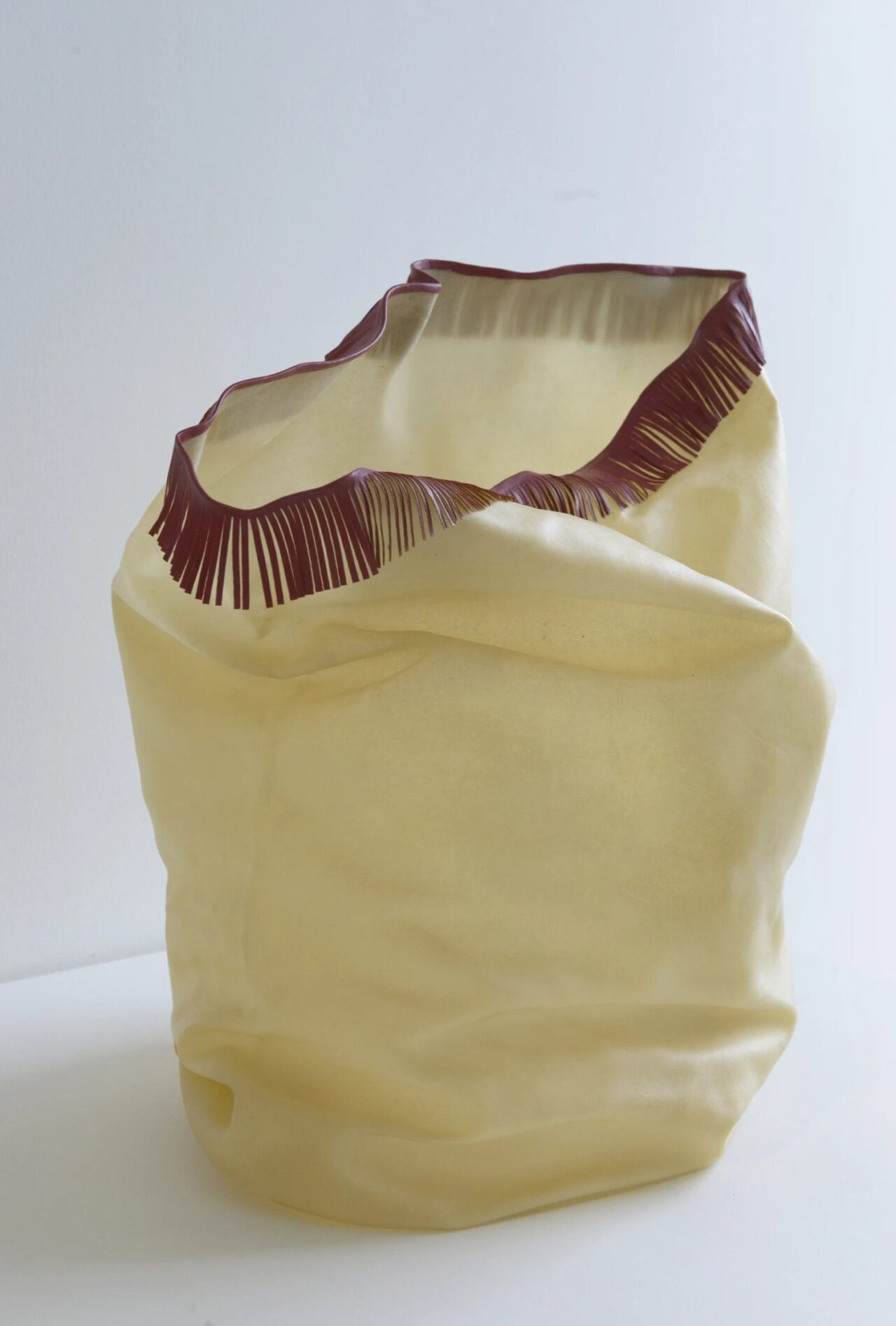
(Top + bottom): From Nadia Myre's Tell me of your boats and your waters, where do they come from, where do they go? 2022. Installation view at Gallery 2 of Edinburgh Printmakers. Commissioned by Edinburgh Art Festival. (Photos courtesy Nadia Myre)
This characteristic depth and humanity have earned Nadia a string of honours including the Sobey Art Award, the Ordre des arts et des lettres du Quรฉbec Cultural Ambassador Award, the inaugural Walter Philips Gallery video award from the Banff Centre for Arts and Creativity, and the Pratt & Whitney Canada and Conseil des arts de Montrรฉal: Prix les Elles de lโart.
Her work is held in collections belonging to museums, governments and corporations. She has won public art commissions across Canada and abroad. She is the recipient of nearly two dozen grants including several from the Social Sciences and Humanities Research Council. And she has a long history of curatorial and community engagement, including as co-founder of , Quรฉbecโs first Indigenous artist-run centre.
As of 2024, she is also the recipient of the Emily Award from Emily Carr University, which recognizes the outstanding achievements of ศซร๑ฒสฦฑโs alumni community.
But Nadia says the career sheโs built over the past quarter-century since graduating from Emily Carr was far from a sure thing.
โI was interested in getting an education in art not because I had a conviction that I was going to be an artist, but rather I was interested in understanding the world differently,โ she says.
Even after completing her MFA at Concordia in 2002, she considered pursuing disciplines including writing and architecture.
โCircumstance and opportunity changed that for me,โ she says, noting itโs the unforeseeable that so often helps a life take shape. But a career as a professional artist also requires a degree of fortitude that can be hard-won if not entirely out of reach for many aspiring practitioners, she adds.
โIt requires a faith in the universe that is uncomfortable, and a lot of people donโt have the tenacity for that,โ she says. โBut that doesnโt matter, right? Because what youโre learning in art school opens your mind to the world. And the tools you get through your education allow you to be adaptable and flexible and courageous, in a way.โ
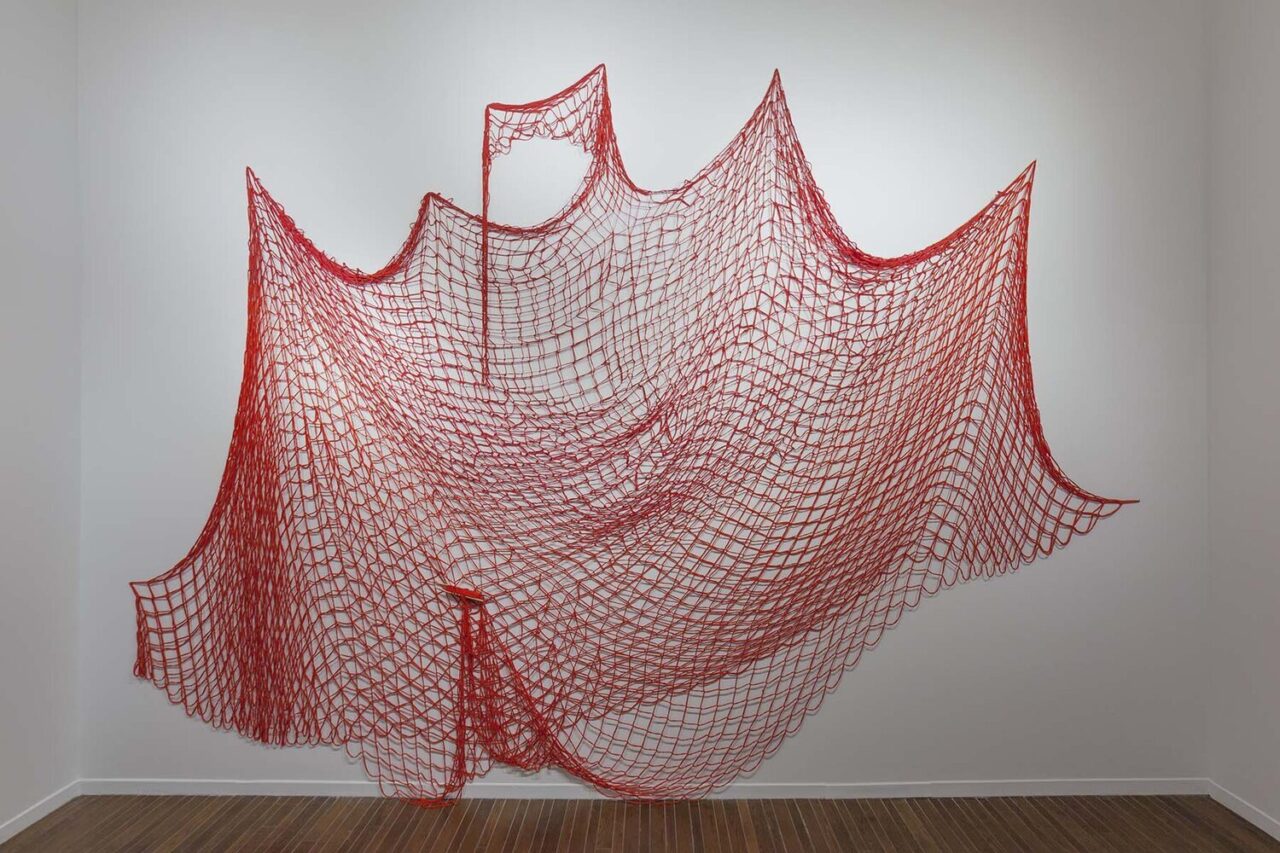
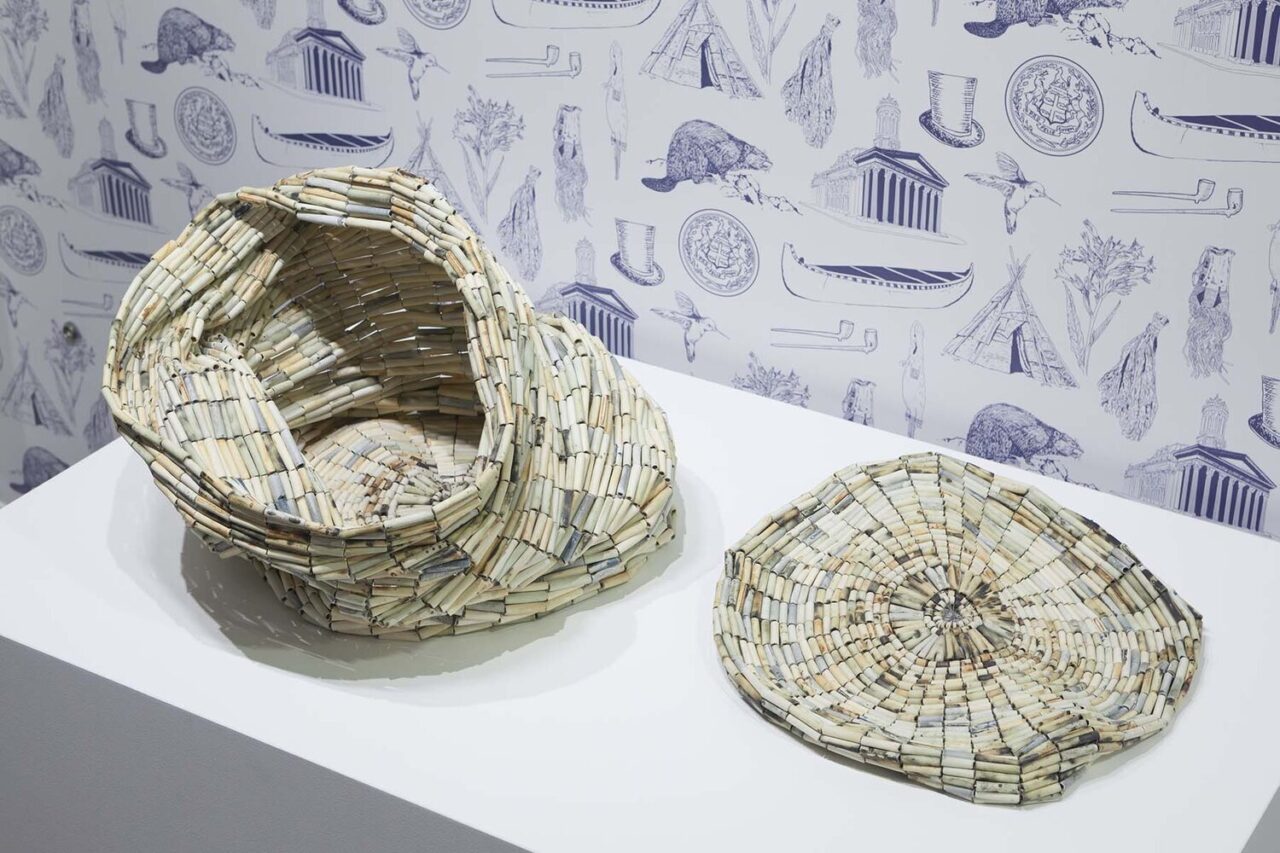
(Top + bottom): From Nadia Myre's Balancing Acts, 2019. Installation view at Textile Museum of Canada. (Photos courtesy Nadia Myre)
Nadiaโs own faith in the universe was tested early when, in 1997, during her final year at Emily Carr, she was accused of racism by a fellow student who took exception to an artwork she displayed in a campus gallery. The issue divided the school, spurring public forums from which Nadia herself was conspicuously absent. She notes the controversy effectively ended her participation in her final year of studies. She graduated on the strength of her acceptance to Concordiaโs MFA program, and by making up missing credits during a summer semester.
Looking back, Nadia says the issue was driven by overreaction and misunderstanding. But she also acknowledges the ways the experience influenced her approach to art-making.
โI can see how this event shaped my practice; to make work that was more under-the-surface,โ she says. โTo not spit out what I was thinking.โ
She adds that this lesson stood her in good stead as she began to develop the themes that animate her practice today, though it would be years before she found a community of like-minded practitioners. The conversation around colonization was, at that time, far from prepared for an encounter with her exploration of Indigenous identity, she says. ศซร๑ฒสฦฑ, for instance, only hired its first Indigenous representative in the years following Nadiaโs graduation.
But Nadia says the issue was no less complex for her personally.
โAt the time, I was struggling with my own relationship to an Indigenous identity that, in a way, was new,โ she says. Her mother, an orphan, wouldnโt reestablish contact with her Nation until later in life. Neither she nor Nadia grew up on reserve or with their Nationโs language. Nadia only obtained status in 1997, the year she left Emily Carr.
โThe work I was doing was really trying to understand what it means for me to be this person who speaks English and French and has this education and on the outside seems pretty assimilated and white. What does it mean to be Indigenous, having never really grown up in the culture, with the language, on the land? I guess thatโs the primary question that drives the work.โ
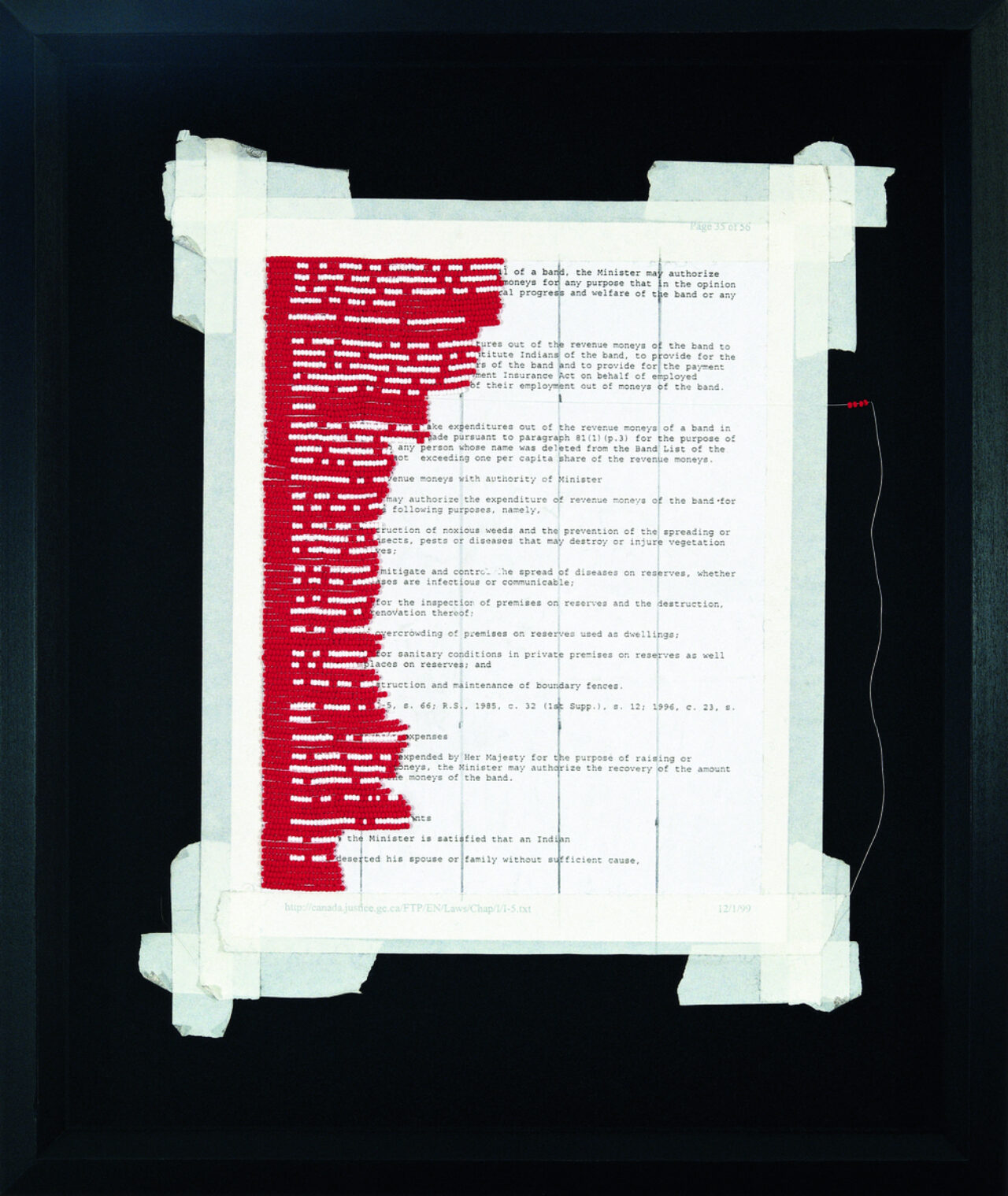
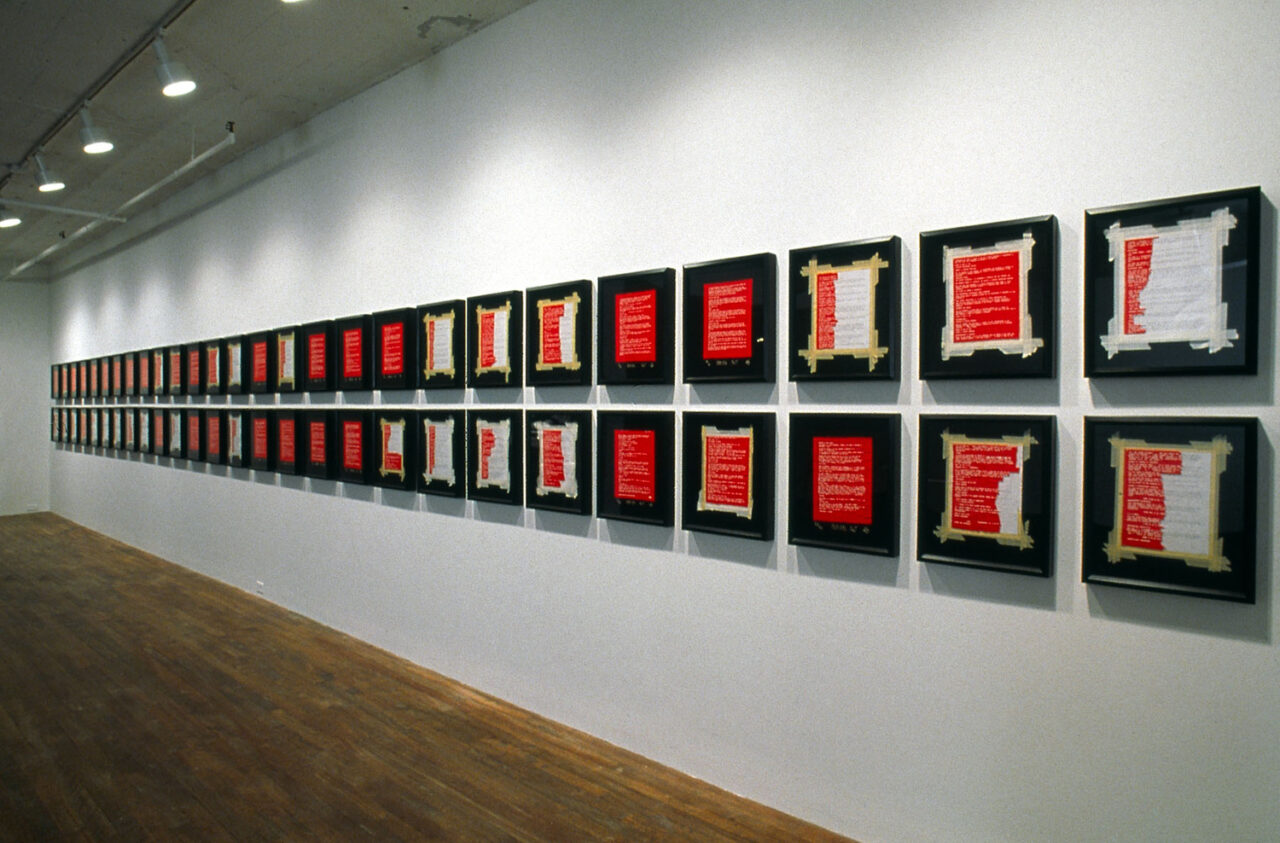
(Top + bottom): From Nadia Myre's Indian Act, 2000-2002. (Photos courtesy Nadia Myre)
Arguably, this type of complexity also endows her work with its broader resonance.
Understanding how to contend with such complexity came from finally discovering โthere were others out there like me. And that my search was, in a way, legitimate.โ Meeting and encountering the work of artists such as Dana Claxton, James Luna, Rebecca Belmore, Greg A. Hill and David Garneau proved to be revelatory. The process of having moved through a place of uncertainty to one of equilibrium and interconnection has defined Nadiaโs artistic trajectory ever since.
โOne of the things Iโve always been motivated by is learning. I never want to put myself in a situation where I think I know what Iโm doing,โ she says. โIt becomes a challenge of understanding how you are leaving your voice in a particular process. But if Iโm guided by learning, then Iโm always excited about a project.โ
Nadiaโs considered engagement with specific mediums and processes bears evidence of this perennial openness. Her works and , for instance, both employ beadwork. But they follow different sets of โrules,โ she notes. The former, which was produced with contributions from more than 230 friends, colleagues and strangers, uses beads to trace every word and space of the Government of Canadaโs 56-page Indian Act, engaging metaphorically and directly with the legislation that governs Indigenous status, First Nations governments and the management of reserve land and communal monies in the country. The latter tracks drops of blood, bead by bead, to question the notion of hybrid identity, and appeared as large-scale photographs on billboards in nearly every province and territory in Canada.
Both works are premised on a question โ one about sovereignty, the other about personhood. And both use a formal device to mark Nadiaโs engagement with these questions, which are at once personal and existential. But both works also exhibit a profound aesthetic sensitivity, suffused, as they are, with what one might be forgiven for calling real beauty. According to Nadia, this is by no means an accident.
โI think some of the best art sometimes really moves you through affect,โ she says. And while a pursuit of affect can be a slippery one, its success often relies on preserving space for not-knowing. โItโs important for me to develop ways of working that allow for mystery to embed in the practice.โ
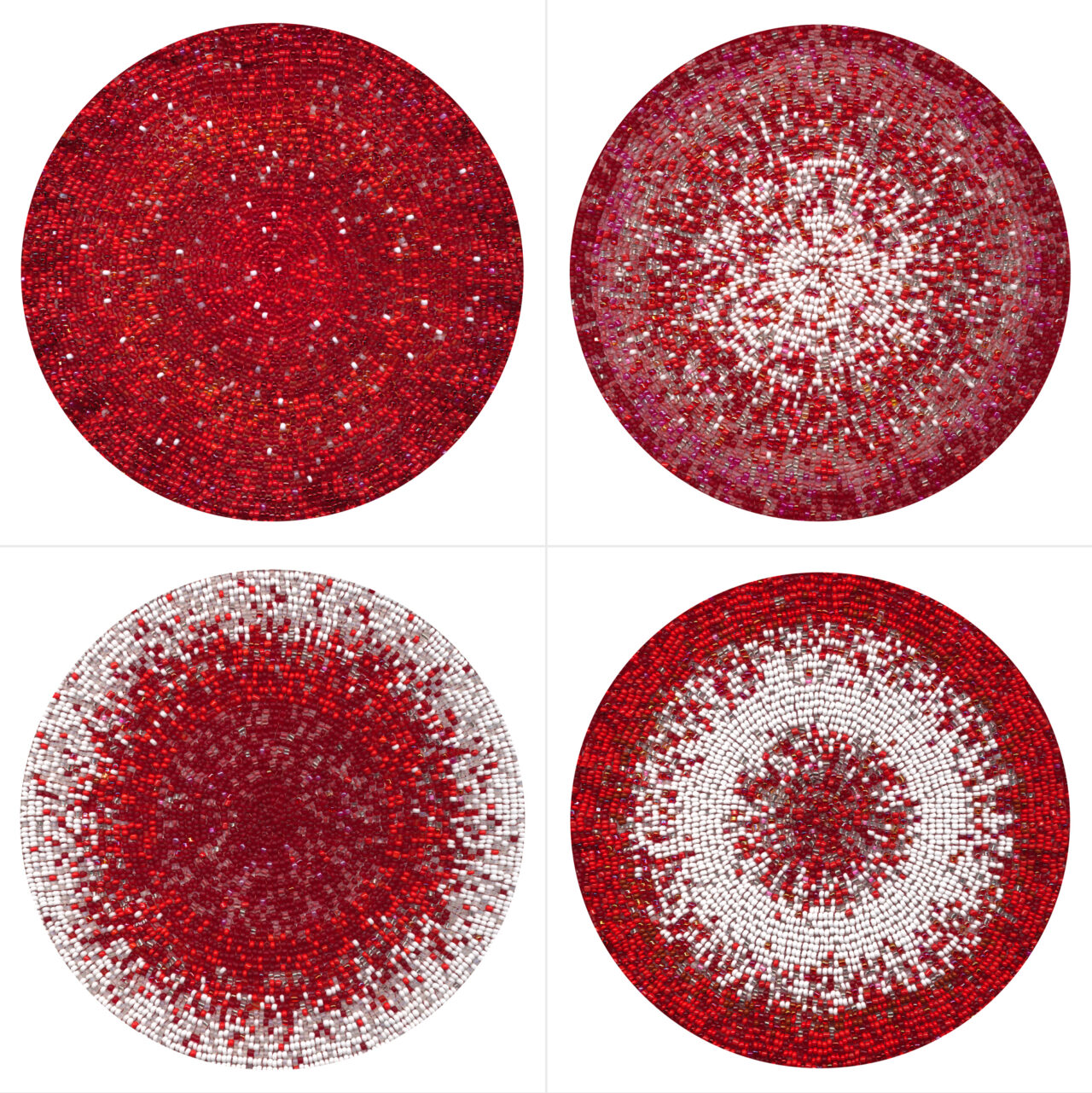
(Clockwise from Top L): Nadia Myre, Meditations on Red #3, #4, #1 and #2, 2013. (Photos courtesy Nadia Myre)
In essence, Nadia is describing a kind of quest for reciprocity โ with the world, with its histories and with the works themselves. She notes she aims to โallow space for other information to come back through the making of work.โ
It occurs to me, at this point, that I can see some of what generates the genuine warmth, good humour and resolute groundedness with which Nadia has conducted our conversation. She laughs a little when she says that she finds the notion of constantly exerting oneโs will โincredibly boring.โ Though she adds that โsome people do it really well and theyโre very successful. Maybe mine was the harder path. I donโt know.โ
She pauses, giving some thought to where her reflection might lead.
โSometimes, exerting your will can be necessary, especially when itโs in service to a vision,โ she continues. โBut I believe that if the thing is supposed to be, then it happens, and it happens in the way itโs supposed to happen. And all of that is information. Itโs about seeking, really.โ
